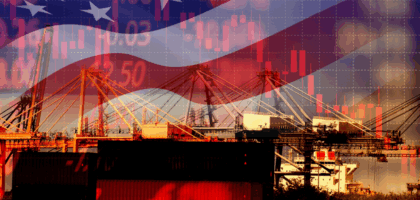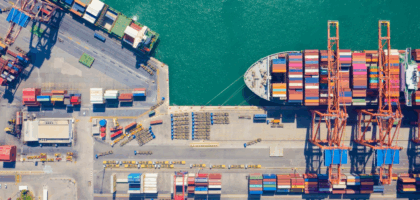The recent earthquakes in Turkey and Syria have caused ongoing effects to the supply chain in addition to the devasting loss of life, injuries, and displacement that occurred. The production challenges are impacting both the directly affected regions, as well as the global supply chain as a whole. Local and worldwide shipping, manufacturing, and the labor force are all convoluted by the severe aftermath.
How is the supply chain affected by earthquakes?
One of the largest impacts on the supply chain is the destruction of transportation infrastructure. Severe damage to ports, bridges, and roads leads to increased transportation costs and substantial shipment delays. The infrastructural destruction complicates the transport of goods within the devasted regions, but also extends to global exports and imports. As a result, delivery times are delayed, and transportation costs increase.
What are the impacts on production and the workforce?
Earthquakes have a critical impact on production, as many warehouses and factories are damaged or destroyed. This results in a shortage of supplies and decreased production capacity. Manufacturing problems persist due to high costs, limited materials, and disorganization.
Additionally, maintaining the workforce is a challenge, as many workers are displaced. Commuting, covering costs of damages, and potentially dealing with loss make it extremely difficult to work.
What can be done to mitigate the effects?
Several proactive measures can be taken to alleviate the effects of earthquakes on the global supply chain. Deploying emergency response teams after natural disasters can help handle some of the immediate effects. To help get processes running smoothly again, effective planning (including contingency plans), increased visibility, proactive communication, and supply chain diversification should be established.
Technology allows for easier communication and collaboration within the supply chain among suppliers, customers, and other stakeholders. Technologies, such as video chat and online project management software, can be used to offer support and maintain productivity and efficiency during these difficult times.
What can be done to prepare if an earthquake occurs?
Natural disasters can severely impact the global supply chain. Earthquakes in particular can be extremely devastating and create issues for weeks, or even months. Although this is the case, businesses can do a few things to ensure preparedness.
1. Create a disaster response and recovery plan.
Put together guidelines and directions for team members and ensure everyone is familiar with their duties. Update business plans with comprehensive risk-mapping capabilities and identify the location of your assets. This allows you to better understand how disruptions may impact your supply network and where you may need to find backup suppliers in case something does occur.
2. Engage with suppliers and practice supply chain risk management.
Talk to your suppliers and ask if they have their own disaster response/preparedness plans in place, and what they involve. Create a scorecard for each of your suppliers so you can analyze different risk levels and potential problems. In addition, this is where you will need to make a shift from supplier-oriented to supply chain-oriented risk management to help you better prepare for potential disruptions.
3. Diversify your supplier base.
Having all your suppliers in one localized region can be risky, especially if a natural disaster like an earthquake occurs. Consider broadening your supplier base into larger regional areas, having multiple active suppliers, and identifying qualified or pre-qualified alternatives.



